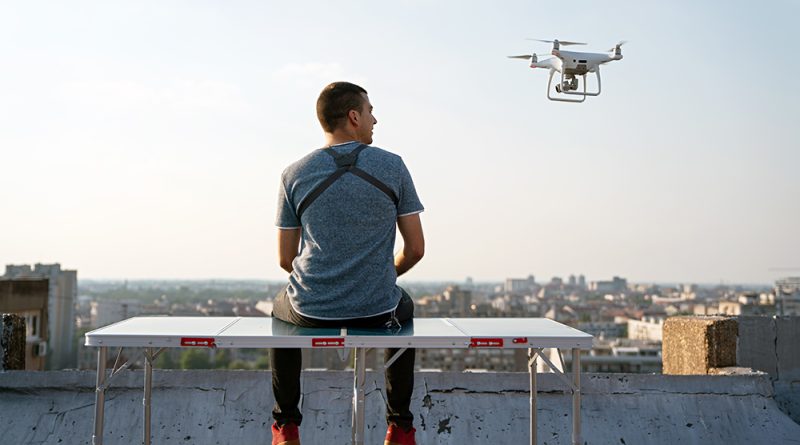Navigating the Sky of Vulnerabilities: A Closer Look at Drone Security
In the rapidly evolving world of technology, drones have risen prominently, becoming indispensable in various fields, from cinematography to delivery services. However, the integration of drones into daily life has not only opened new horizons but also unveiled new vulnerabilities. With increasing incidents of drone hacks, the question of security looms large for drone owners.
Drone hacking, the act of remotely hijacking a drone, ranges from minor nuisances to significant threats. Imagining your high-end drone crashing unexpectedly or your privacy invaded through unauthorized camera access is a stark reality. Regulations, like those requiring FAA registration of uncrewed aircraft, provide a framework but do little to deter determined cybercriminals.
SlashGear consulted Greg Hatcher, co-founder of White Knight Labs and a recognized figure in offensive cyber security, to gauge the seriousness of these threats. Hatcher, with his extensive experience in Army special operations and his tenure teaching at the NSA, paints a concerning picture of drone security.
The Reality of Drone Vulnerabilities:
Hatcher emphasizes that no drone is impervious to hacking. Malicious entities don’t need to lay hands on your device to compromise it. They can intercept the communication between the drone and its operator, effectively taking control. Techniques like signal imitation and GPS spoofing are particularly troubling due to their stealth and the potential havoc they can wreak, from stealing drones to causing collisions.
The Intricacies of Drone Hacking:
While the prospect of a hacked drone is alarming, Hatcher advises against panic. Instead, he advocates for a proactive approach to security. Regular software updates, robust password practices, and a keen understanding of your drone’s typical behavior are pivotal. Awareness of the hacking landscape, including potential threats discussed on platforms like Drone-Hacks and Reddit, can also arm drone owners with the knowledge to fortify their defenses.
Detecting and Addressing Drone Hacks:
Identifying a hacked drone is not straightforward. Subtle signs, such as erratic movements or unexplained changes in flight patterns, might hint at unauthorized control. If your drone begins acting autonomously, it’s a clear red flag. Addressing a hack, however, is more complex than a simple factory reset. Hatcher underscores that overcoming such breaches often requires manufacturer-specific updates or patches, as hackers target inherent flaws in the drone’s software or communication protocols.
In the age where drones are becoming as commonplace as smartphones, understanding and mitigating the risks of cyber intrusions is crucial. As we navigate this new airspace, vigilance and informed preparedness are our best allies against the lurking threats in the sky.

